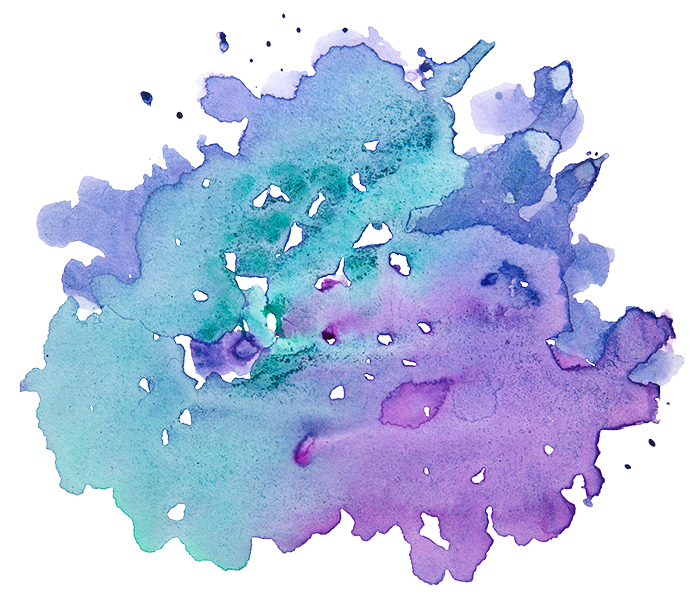by Ali Kaufman Yares
Prior to getting married in 2004, I did a ton of studying and reading about marriage, ketubah (marriage contract), niddah (monthly immersions), hair covering, and even divorce in halacha (Jewish ritual law). After all, I was a Talmud major taking more classes than I needed to because I truly enjoyed studying with my incredible professors. I had read almost every book on the subject, as far to the left and, as far to the right as I could find. I was rather fortunate that the summer before getting married, my internship allowed me to read articles on many of these subjects on the web. Understanding the halacha was just as important to me as reading personal stories about why people observed mikveh, and the unique customs they had developed. Soon, I would have the opportunity to create my own rituals.
Around the time I was getting married, Mayyim Hayyim was starting up as an open and inclusive mikveh. I didn’t realize how revolutionary this was, or how great the need was for a mikveh that would allow women to participate regardless of where they davened (prayed), or what reasons they needed to use it, until I was ready to immerse for my first time.
I had thought I’d done all of my studying and was aware of all the specifications surrounding family purity. But, prior to my wedding, I found that going to the mikveh was not going to be simple. The local modern orthodox synagogue in the community where we were going to be married would not allow me to use its mikveh once I told them a Conservative rabbi was marrying us at a Conservative synagogue. They told me I could only use their mikveh if I took kallah (wife) classes with their rebbetzin (rabbi’s wife). When I informed them that I had already studied all the laws, they wouldn’t accept it and told me I needed to find another mikveh.
Although my introduction to mikveh left a sour taste in my mouth, the close-mindedness of one place wouldn’t prevent me from this mitzvah. For the last 8 years I have continued going to a beautiful mikveh. I have never once been asked about where I daven or who had performed my wedding. I was actually surprised to learn how many other people in my community also went to the community mikveh. Women in the 21st century, like women thousands of years ago, are embracing mikveh.
I believe the experience that each person has when they go to the mikveh is different. For instance, “how many times do you dunk” is often the question I get when helping a new attendant. I find the time and preparations for the mikveh an opportunity to take a moment and really concentrate on myself. I’m often too busy to really think about how I’m doing emotionally, physically, and spiritually. It’s during my preparations for immersing that I’m afforded the opportunity to take a moment to stop, and think about myself and my needs. I love that in almost every mikveh I have visited, there is a reminder about doing a self breast examination. It’s a helpful reminder that it is a time to think about your whole body.
Recently, I had an opportunity to go to a new mikveh. I was asked many questions about where my husband and I were working and where we lived. Does it matter where I live? Does it really matter where I go to synagogue? If I’m going to be asked questions about matters that don’t really relate to mikveh, why don’t they ask me if I lit candles this week or took challah? Why are we so concerned about the connections between mitzvot and other practices when one mitzvah doesn’t necessarily follow another? Why do any of my other Jewish practices have anything to do with my visits to the mikveh?
I admire the openness of places like Mayyim Hayyim because they disconnect mitzvot from one another. As an open mikveh they are simply excited and engaged by my willingness to immerse myself in the mikveh. Shouldn’t this be enough?
Ali Kaufman Yares studied at the joint program between the Jewish Theological Seminary and Columbia University. At JTS, she double-majored in Talmud and Midrash. At Columbia, she majored in Colonial American History. She earned a Master’s in Publication Design and a Doctorate in Communication Design from the University of Baltimore. She is a mother of two young daughters.

